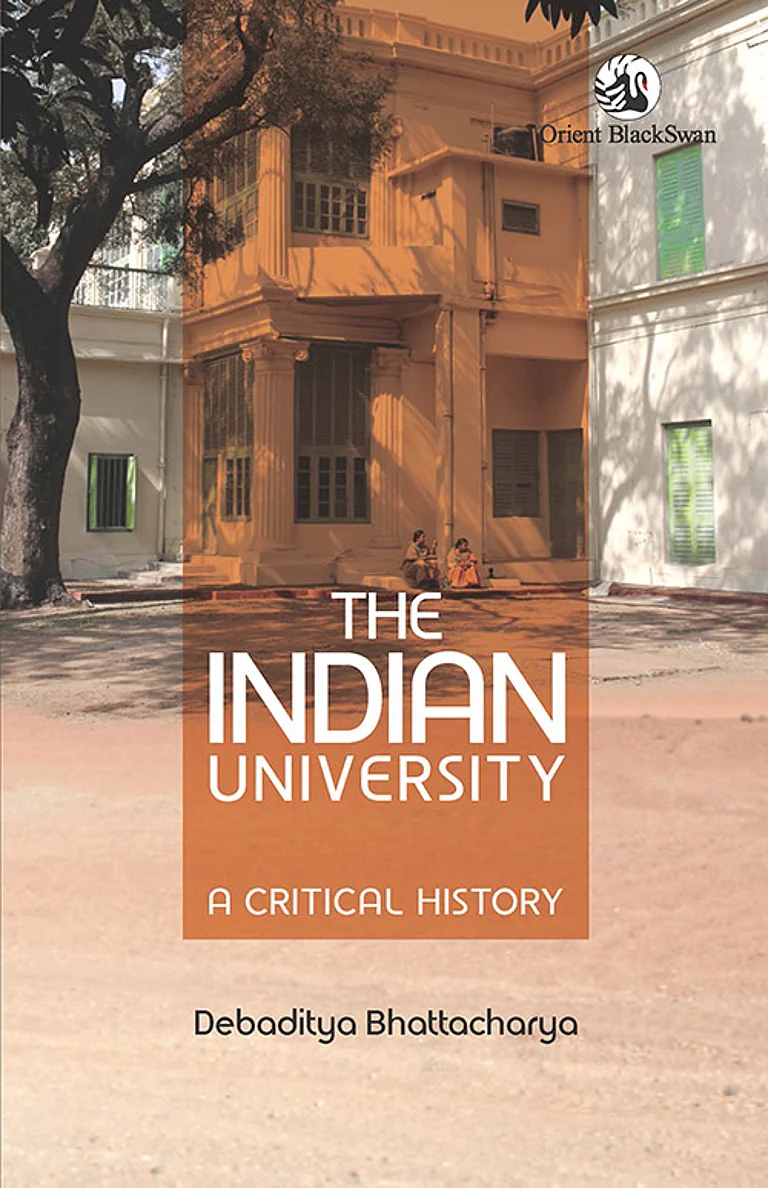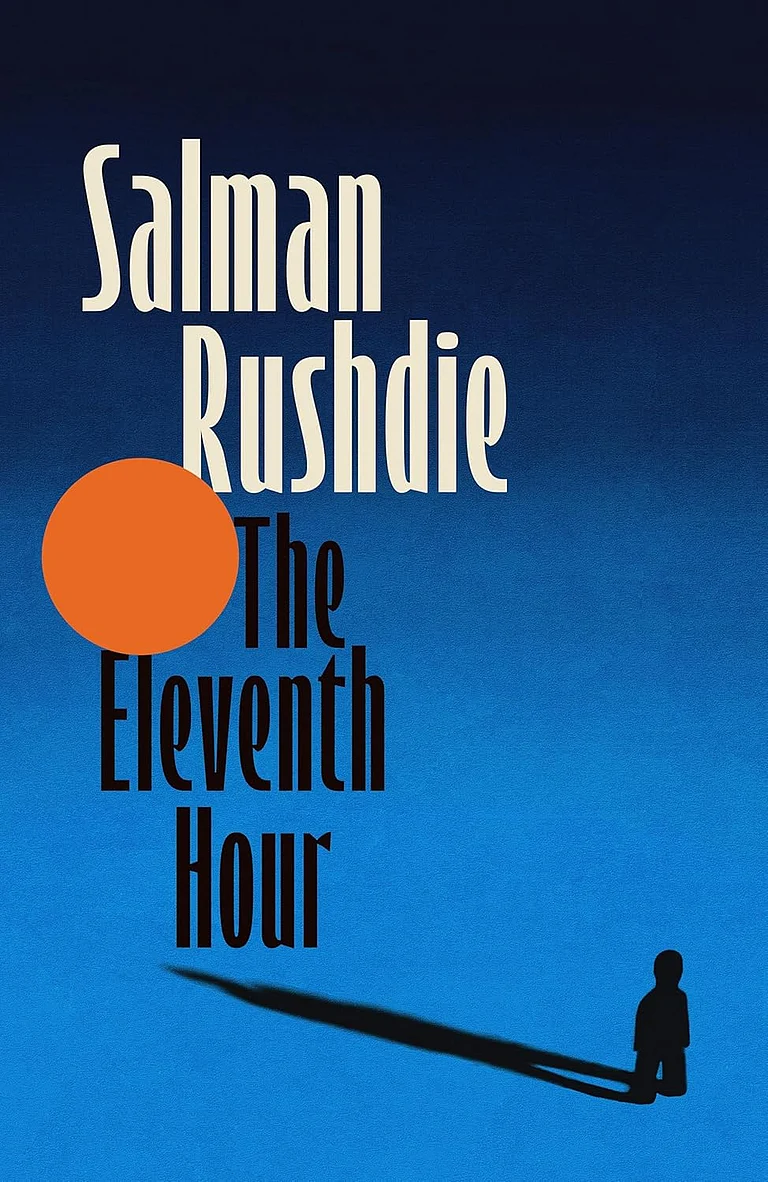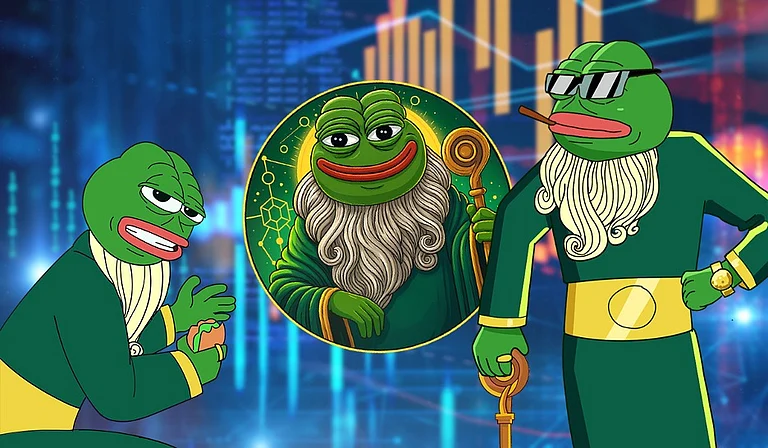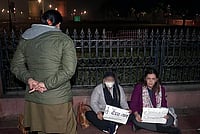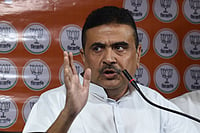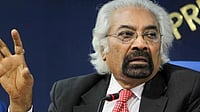Indians first encountered them just six weeks apart. Yet beyond that coincidence of time, there is little that binds the Emergency with Sholay in the popular consciousness. One is a singular event, much despised. The other is still the most popular story Indian cinema ever told. Yet, looking at them side by side, 40 years later, certain parallel themes emerge. At the heart of Sholay lies the confrontation between Thakur Baldev Singh and the bandit Gabbar Singh. The Thakur is an ex-police officer. As his title suggests, he’s also a feudal patriarch of the village of Ramgarh. Gabbar, as the leader of a band of dacoits, is a threat to the traditional order of village life. Dacoits in the region of Chambal and elsewhere were deeply rooted in complex social systems marked by caste and inequality, often enjoying popular support from locals that made their operations possible. However, the script provides Gabbar with no social context or personal history. He appears purely as a psychopathic symbol of chaos haunting the peace and harmony of community life. Thakur’s attempt at dealing with Gabbar through legal means ended in disaster. Gabbar not only made quick work of escaping from prison, but then proceeded to kill Thakur’s entire family before symbolically cutting off the arms of the agent of the law. The frustration of the instruments of law in dealing with the spectre of disorder sets the scene for the entry of Jai and Veeru. These two small-time crooks are now recruited by Thakur as mercenaries of order.
The crisis of order and the frustration with the Nehruvian legal and political institutions were the central rhetorical themes of the Emergency. The Nehruvian ideology, forged through the nationalist movement, was to manage a complex coalition of social forces through legal and democratic means. Of course, coercion was used frequently to repress dissent and rebellion at the margins. But predominantly, the aspiration was to create institutional mechanisms that would provide forums where demands from contending social groups could be negotiated. The Constitution sought to provide a framework to mediate these contestations. The Congress itself was to be a party that could represent varied segments of the population, who could try to resolve their conflicts within the party itself. And development planning was to give the population the hope that an expert body was busy devising projects that would be in genuine interest of public good.
By the beginning of the ’70s, these optimistic aspirations had failed to materialise. The popular enthusiasm about the promises of Nehruvian nation-building had all but disappeared as problems of poverty, exploitation and corruption continued to persist. Across north India, Jayaprakash Narayan mobilised a formidable movement that called for “total revolution”. The rail system was brought to a standstill by the largest known strike in Indian history. Militant peasant and student movements under the banner of Naxalism simmered across east India. The Congress itself had already broken into factions, and now it started losing its monopoly of power across the state legislatures. Finally, and significantly, the Supreme Court had become a constant thorn in the side of the government, much before the Allahabad HC nullified Indira Gandhi’s election because of the size of the rostrum.
There are several contingencies that led to the actual declaration of Emergency, but the larger story is that faced with these challenges, Indira Gandhi decided to transform the Congress into a ‘party of order’. Parties of order do not claim to represent any group in society, but stand above them all, defending the nation against chaos. The enemies, Mrs Gandhi said in her radio broadcast on the morning of the Emergency, were the “forces of disintegration”, symbols of chaos shorn of any social context.
Irrespective of empty invocations of ‘socialism’, she stood for neither left nor right (both of whom were in jail) but rather stood between Order and Chaos, as one of the many slogans put out by the government read. The morale of the moribund nation had to be reinvigorated through discipline. The disenchantment with the Nehruvian nation-building project had already made its mark on mainstream Hindi cinema with the figure of the ‘angry young man’—setting Amitabh Bachchan on the path to stardom. Deewar, the film that Salim-Javed penned before Sholay, saw him cast as Vijay, who chose the life of a smuggler at the Bombay ports, an archetypal figure of anti-national crime in those days. Vijay’s choice of path was conditioned by the suffering of his idealist trade unionist father at the hands of a corrupt system. His dramatic denouncement of the ideals of law and morality in a world where they sound hollow formed the film’s dramatic core. And while he died at the end at the hand of his police officer brother, thereby marking the victory of the law, Deewar very clearly refused to offer a happy resolution of Vijay’s narrative and the demands of law and order.
Veeru and Jai, on the other hand, have no personal history, no context for their existence at the limits of law. Their lives seem to flit between jovial camaraderie on motorbikes and petty crimes till they find themselves in Ramgarh. It is there, through their immersion in Thakur’s cause, that we see a narrative arc emerging for their characters. They discover the virtues of honour and sacrifice, fall in love, and earnestly imagine settling down in rural domesticity. This is a far cry from the dissonance of Vijay’s denouement. In death and in life, Jai and Veeru are fully absorbed into the orderly mainstream of national life.
Emergency means the suspension of legality to protect the country. It is the acknowledgement that legal and democratic norms are at times fatal roadblocks that need to be set aside in the interest of order and unity. At the time, Time magazine wrote that the Emergency showed how Indian people cared less about democracy than order, discipline and progress. The government suspended basic constitutional rights such as those of habeas corpus and press freedom; opposition politicians were arrested without trial; and the police went on a spree of extra-judicial killings of Naxalites. The new power centre was the PM’s son, who held no constitutional post. Jagmohan, a member of Sanjay Gandhi’s coterie, enthusiastically embraced the opportunity to fulfil his ambition to clear Delhi of its slums, unchecked by political or legal constraints. (His hero was Baron Haussmann, who had modernised Paris under the patronage of another leader of a party of order, Louis Bonaparte. As Marx had written at that time, force of words were replaced by force without words.) Several sections of society supported this trade-off as long overdue. J.R.D. Tata welcomed the respite from the chaotic cacophony of democracy by saying that “the parliamentary system is not suited to our needs”.
In Sholay, institutions and figures of law appear as ineffectual and ridiculous. There are two jailbreaks, the second of which is comic in its simplicity. The biggest laughs are reserved for the jailor from “angrezon ki zamana”. Even the sudden appearance of the police at the very last moment, a plot device forced by the Emergency era censors, only highlights how marginal the forces of law had been through the entire battle. In the face of the exasperating limits of law, the soldiers of order had to map their path outside of it.
Sholay openly borrowed from the Western genre of Hollywood. In that genre, or at least the simplistic version Sholay drew upon, order was imposed on the lawless frontiers of the American West by a lone sheriff or bounty hunter, with the help of his Colt. Sholay paints this narrative structure in distinctly Indian colours.
In a crucial scene in the film, the villagers wondered quite rationally about why they should endanger their lives for this grudge match between a landlord and a dacoit. Thakur responded by appealing to the traditions of village communities and its associative ideals. To a token objection on the Gandhian note of non-violence, he stresses that certain moments in time need the force of arms rather than words. This scene elevates Sholay to something more than a personal revenge drama. While the battle at the film’s heart was personified by two individuals, the stakes were higher. The audience’s sympathy had to be mobilised for the cause of the village’s traditional order—extra-legal violence was called upon in its defence. The crisis of the times and the immanence of violence the Angry Young Man genre had hinted at was followed by not the promise of something new, but rather a return to traditional order and hierarchy.
One can view the Emergency as a singular act of a desperate politician for personal gain. But its rhetoric, its structural condition, and the support it received from many (especially amongst the middle classes) should remind us that the battle at its heart was about something bigger—between democracy and order. Much like the popularity of Sholay, those laments about the inefficiencies and frustrations caused by democratic procedures have not gone away. One can often hear envious longings for China’s model of growth, or justifications for curtailing rights in the name of ‘development’ and ‘security’. We should perhaps remember, that even 40 years after the credits rolled, and Indira, Sanjay and even S.S. Ray have exited the frame, the story still resonates.
(The author is Newton International Fellow of the Royal Society and the British Academy, King’s India Institute, King’s College, London.)








